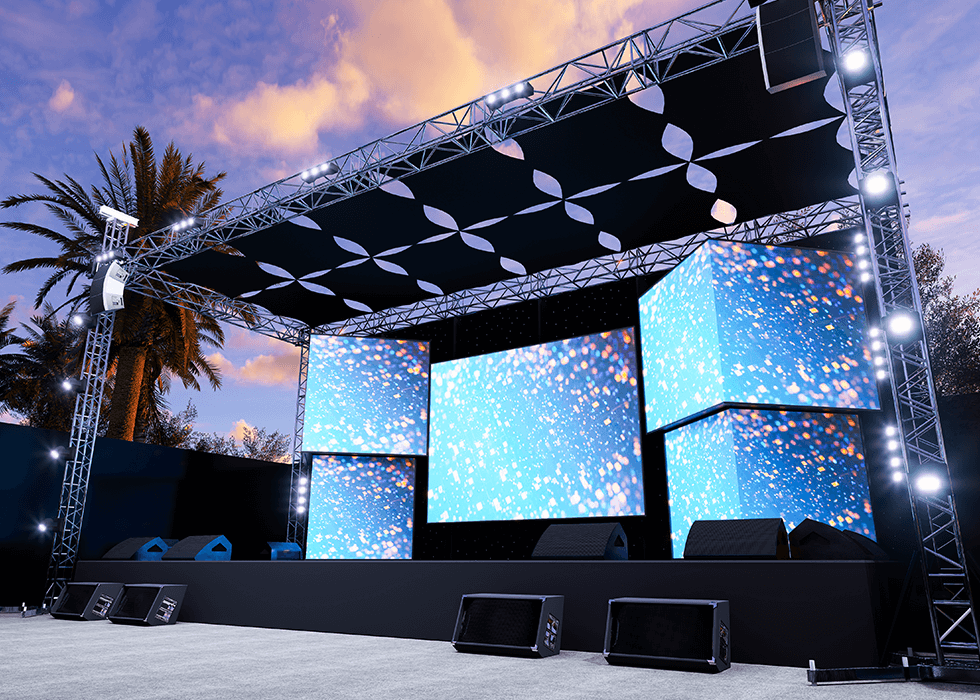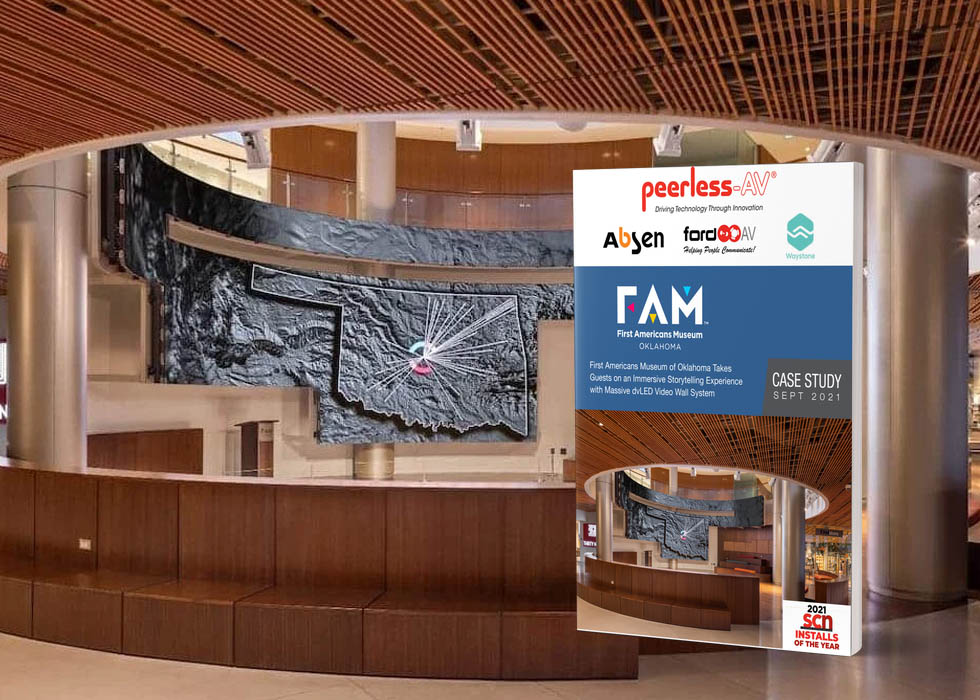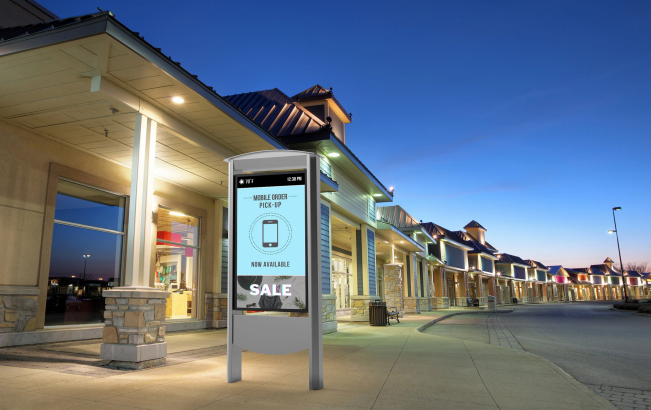News & Trends
Omni-Channel Has Changed the Digital Signage Experience
 The common denominator of AV and digital signage is that both are predicated and focused on creating an experience. By definition, an experience (thanks Merriam-Webster) is "the fact or state of having been affected by or gained knowledge through direct observation or participation: practical knowledge, skill, or practice derived from direct observation of or participation in events or in a particular activity." The key words are "affected by." The holy grail of creating an experience is making it an impactful and memorable event in our lives. This is a tough hill to climb in a day and age of sensory audio and visual overload.
The common denominator of AV and digital signage is that both are predicated and focused on creating an experience. By definition, an experience (thanks Merriam-Webster) is "the fact or state of having been affected by or gained knowledge through direct observation or participation: practical knowledge, skill, or practice derived from direct observation of or participation in events or in a particular activity." The key words are "affected by." The holy grail of creating an experience is making it an impactful and memorable event in our lives. This is a tough hill to climb in a day and age of sensory audio and visual overload.
In some cases, an experience becomes memorable because of its shock or impact value. This can be positive or negative, but keeping on the positive side of AV and digital signage, the best examples on the hardware side might be massive displays, creative applications in layouts, locations, and interesting shapes. On the creative side, there are elements like motion graphics, 3D content, holograms, and pixel mapping, to name a few. Done with a flair, these can all become a memorable experience, but what about the more day-to-day experiences? Sans most of the gee-whiz and ooh shiny aspects we have come to know and love, how do we make less impactful (in order of magnitude) images and messages an experience worthy of being memorable? The answer lies beyond the boundaries and constraints of a single outlet, location, or device and takes the message to where the potential and intended viewers are and on their preferred device. This is the ever-expanding role of communication (ad or information based) to any information, any time, any place, and on any device. It boggles the mind in scale, scope, and complexity.
Suffice it to say we live in a world of big data and have both quantity and access to information as never before. The sheer amount of information is growing exponentially each year. Compounding this is the Internet of things (or IoT) where devices have chips built in to communicate with and among one another. The expanded role of communication (ad and information based) falls under the concept of growing supply and increasing demand. This begs the question of how we harness and focus the expanded communication capabilities to our benefit.
The goal is not the universal dissemination of information but rather to put desired information on a display of any type and size that connects directly with the intended viewers. This location-based and viewer profile approach with content delivery typically uses IP addresses and real-time geodata to provide information at the user's physical location. According to Allied Market Research data, the location-based market accounted for more than $36 billion in 2020 and is predicted to reach more than $318 billion by 2030!
The displays may be in a fixed location or information on a mobile device. It may be a huge video wall or a single large flat-panel display. It also might be a smaller wall-mounted display outside a room for status and room scheduling, in a kiosk or a tablet or a smartphone (even a digital watch), allowing viewers to receive the content and then take the digital message along with them. This is where omnichannel comes into the picture (pun intended).
Omnichannel, in its purest form, is a targeted strategy and approach that harnesses and focuses on the dissemination and receipt of information for the benefit of the practitioner (aka the sender) and the viewer (aka the recipient), respectively. It refers to establishing a company's presence and message across multiple online channels (e.g., websites, apps, social media, email, etc.) and offline brick-and-mortar (e.g., retail stores, event centers, campuses, service centers, etc.). Don't confuse omnichannel and multi-channel. They both use multiple channels or platforms, but they are different. For an omnichannel strategy to succeed, it requires all online and offline systems, technology, and departments to work in unison. The output is intended to be seamless between and among platforms.
An omnichannel approach creates a viewer experience. Deployed properly, it builds relationships with the viewer on multiple platforms and numerous levels. As one digital signage expert opines on retail omnichannel, "This relationship can be at any stage from discovery right through to buying or post-purchase. Every interaction with a customer in an omnichannel customer experience is seamless and professional, no matter what platform or channel the communication is operating on. An omnichannel approach to customer experience allows users to begin their journey with your brand on one channel and transition to another one seamlessly."
For example, customers may begin their journey from a social media post leading them to a company's social media site for additional information. Then they head to their website to continue their journey and, in a best-case scenario, purchase the item online or go to a brick-and-mortar location for the human experience. The user/viewer will be presented with a cohesive, seamless, professionally produced, and branded experience throughout this journey. Again, it all relates to creating an experience that becomes memorable.
While omnichannel and retail go hand in hand, this concept also ports over to disseminating information on non-ad-based networks. Substitute posting an advertisement for the posting and distribution of information. Think about location-based communications and messaging to multiple locations on multiple platforms and presenting ...
READ THE CONCLUSION OF THIS ARTICLE ON AVIXA'S XCHANGE.
















